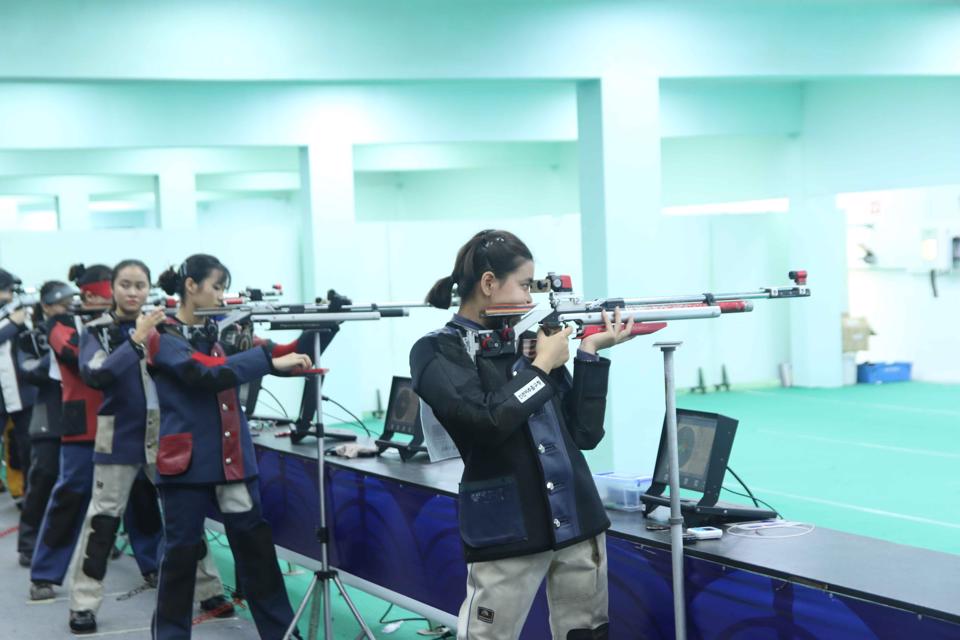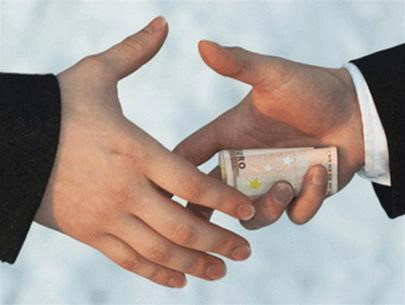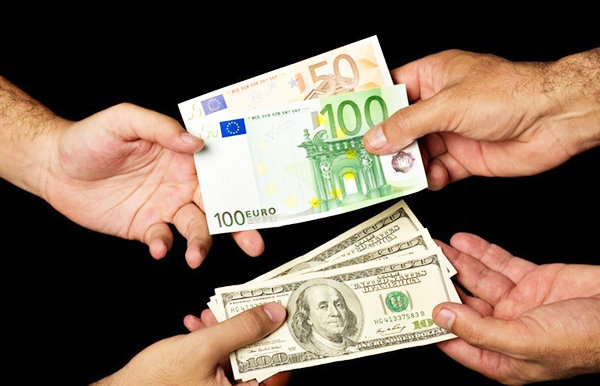Mark means any sign used to distinguish goods or services of different organizations or individuals. When submitting an application for mark registration in Vietnam, in what cases shall individuals and organizations be refused?

Case 1: Application not satisfying conditions for marks to be eligible for protection
According to Article 72 of the Law on Intellectual Property 2005 of Vietnam, a mark shall be eligible for protection when it satisfies the following conditions:
- It is a visible sign in the form of letters, words, drawings or images including holograms, or a combination thereof, represented in one or more colors.
- It is capable of distinguishing goods or services of the mark owner from those of other subjects.
Thus, in order to satisfy conditions for marks to be eligible for protection, the mark must be visible and capable of distinguishing from others. So, how is “visible sign in the form of letters, words, drawings or images including holograms, etc.” or “capable of distinguishing goods or services of the mark owner from those of other subjects”?
First: A visible mark
A visible sign can be understood as a mark that is perceived visually through observing, looking at and seeing the mark in the form of words, images, drawings or a combination of these elements represented by one or more color elements. According to Article 73 of the Law on Intellectual Property 2005 of Vietnam, the following signs shall be ineligible for protection as marks:
- Signs identical with or confusingly similar to national flags or national emblems.
- Signs identical with or confusingly similar to emblems, flags, armorial bearings, abbreviated names or full names of Vietnamese State bodies, political organizations, socio-political organizations, socio-politico-professional organizations, social organizations or socio-professional organizations or with international organizations, unless permitted by such bodies or organizations.
- Signs identical with or confusingly similar to real names, aliases, pseudonyms or images of leaders, national heroes or famous personalities of Vietnam or foreign countries.
- Signs identical with or confusingly similar to certification seals, check seals or warranty seals of international organizations which require that their signs must not be used, unless such seals are registered as certification marks by such organizations.
- Signs which cause misunderstanding or confusion or which deceive consumers as to the origin, properties, use, quality, value or other characteristics of goods or services.
Second: A distinguishable mark
A mark shall be deemed to be distinctive if it consists of one or more easily noticeable and memorable elements, or of many elements forming an easily noticeable and memorable combination, and does not fall into the following cases (according to Clause 2 Article 74 of the Law on Intellectual Property 2005 of Vietnam):
- Simple shapes and geometric figures, numerals, letters or scripts of uncommon languages, except where such sign has been widely used and recognized as a mark;
- Conventional signs or symbols, pictures or common names in any language of goods or services that have been widely and regularly used and known to many people;
- Signs indicating time, place and method of production; category, quantity, quality, properties, ingredients, use, value or other characteristics descriptive of goods or services, except where such sign has acquired distinctiveness by use before the filing of the application for registration of the mark;
- Signs describing the legal status and business sector of business entities;
- Signs indicating the geographical origin of goods or services, except where such sign has been widely used and recognized as a mark or registered as a collective mark or certification mark as stipulated in this Law;
- Signs other than integrated marks which are identical with or confusingly similar to registered marks of identical or similar goods or services on the basis of applications for registration with earlier filing dates or priority dates, as applicable, including applications for registration of marks filed pursuant to a treaty of which the Socialist Republic of Vietnam is a member;
- Signs identical with or confusingly similar to another person's mark which has been widely used and recognized for similar or identical goods or services before the filing date or the priority date, as applicable;
- Signs identical with or confusingly similar to another person's mark which has been registered for identical or similar goods or services, the registration certificate of which has been invalidated for no more than five years, except where the ground for such invalidation was non-use of the mark pursuant to sub-clause (d) of article 95.1 of this Law;
- Signs identical with or confusingly similar to another person's mark recognized as a well known mark which has been registered for goods or services which are identical with or similar to those bearing such well known mark, or for dissimilar goods or services if the use of such mark may affect the distinctiveness of the well known mark or the mark registration was aimed at taking advantage of the reputation of the well known mark;
- Signs identical with or similar to another person's trade name currently in use if the use of such sign may cause confusion to consumers as to the origin of goods or services;
- Signs identical with or similar to a protected geographical indication if the use of such sign may mislead consumers as to the geographical origin of goods;
- Signs identical with, containing or being translated or transcribed from protected geographical indications for wines or spirits if such sign has been registered for use with respect to wines and spirits not originating from the geographical areas bearing such geographical indications;
- Signs identical with or insignificantly different from another person's industrial design which has been protected on the basis of an application for registration of an industrial design with a filing date or priority date earlier than that of the application for registration of the mark.
Note: Cases that are considered well-known marks will be automatically protected.
Case 2: Application not fulfilling the formal requirements
According to Clause 2 Article 109 of the Law on Intellectual Property 2005 of Vietnam, an application for registration mark shall be considered invalid if it does not fulfill the formal requirements. Thus, application not fulfilling the formal requirements can be understood as:
- The application form is incorrect, misspelled, erased, etc.;
- The application does not match the required number and accompanying documents (declaration of registration of inventions, industrial designs, layout designs, marks, geographical indications, in which there is enough information to identify the applicant and the mark sample, the list of products and services bearing the mark, for the application for registration of the mark);
- The application does not describe the mark model, does not specify the type of mark, etc.
The above is the entire advice of LAWNET on cases of mark registration refusal. Hopefully this information can help Customers and Members better understand the current legal provisions on mark protection conditions.
Ty Na
 Article table of contents
Article table of contents






.Medium.png)
.Medium.png)
.Medium.png)
.Medium.png)
